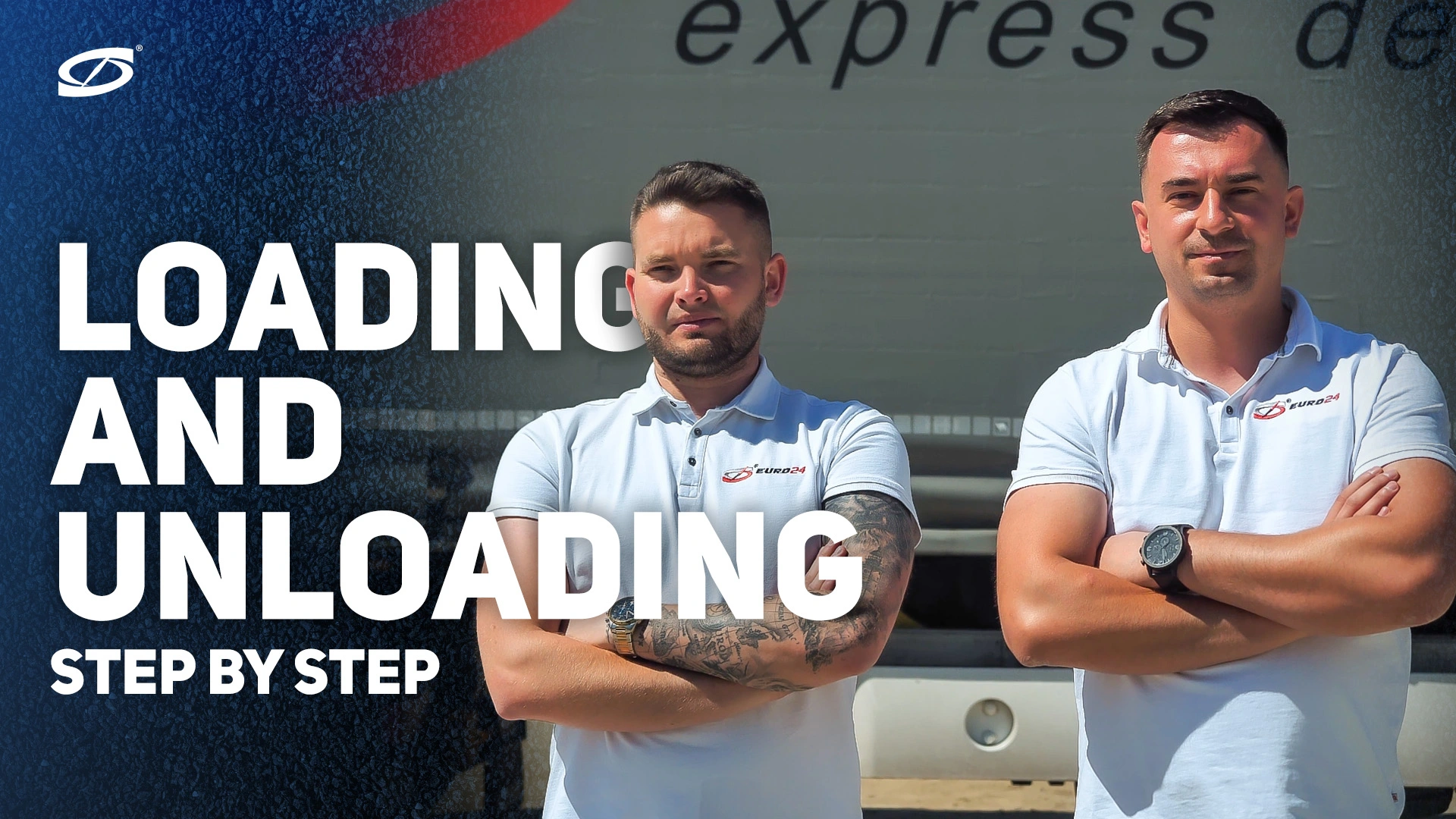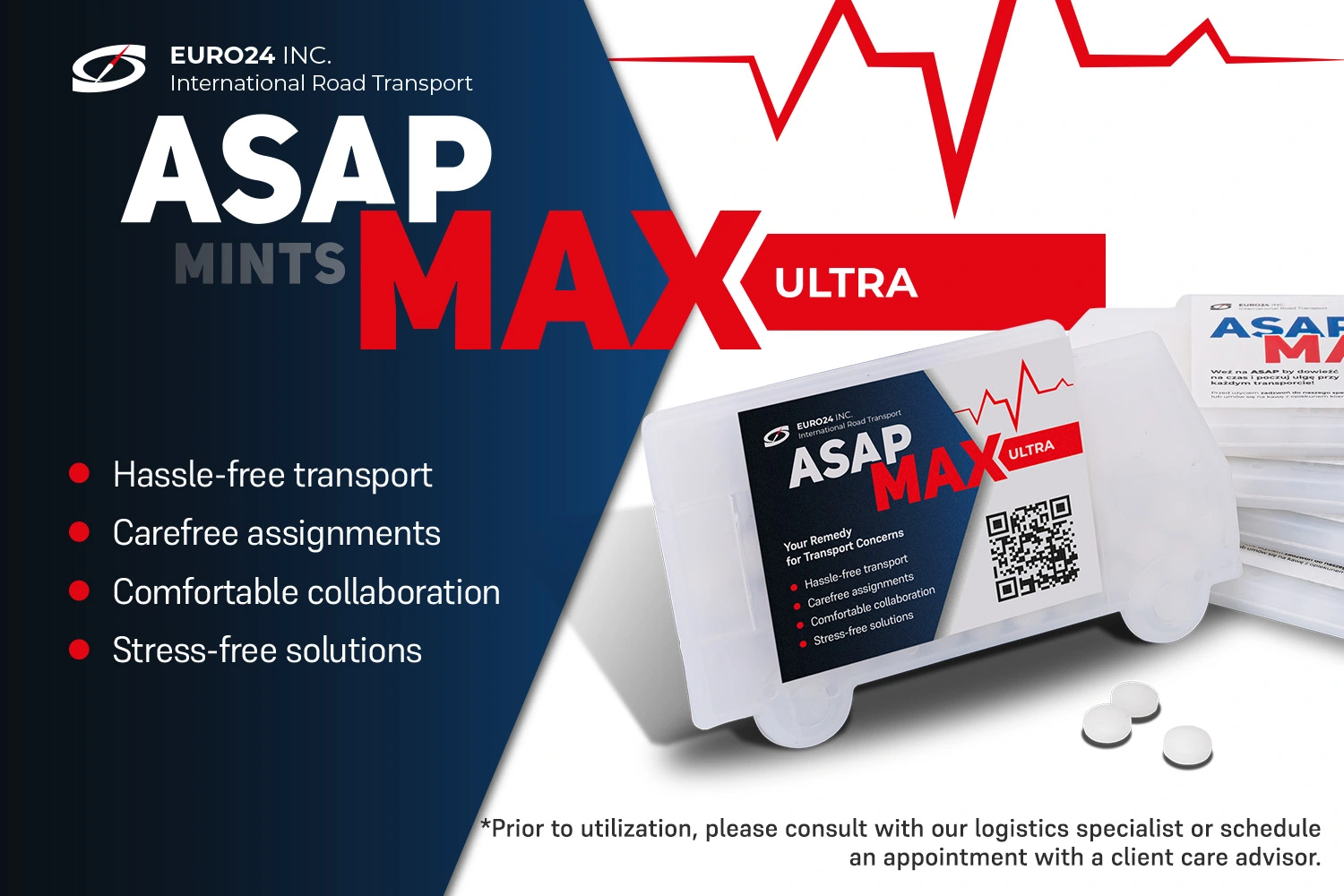Blog

LTL transport – Efficient delivery for smaller loads
Road transport, still the main branch of the TSL (Transport, Shipping, and Logistics) industry, is dynamically developing, offering solutions tailored to the diverse needs of clients. One of the more important transport models, especially for companies operating with smaller batches of goods, is LTL (Less Than Truckload) transport. Although it is not as common as full container load (FTL) transport, it is gaining popularity in industries that require flexibility and more frequent deliveries. Partial loading, however, requires carriers to have excellent organization and coordination to ensure timeliness and safety of shipments while optimizing costs. For companies that regularly send smaller loads, LTL can be an effective logistical solution. Understanding how this system works and the benefits it offers can open new opportunities for optimizing transport operations. Let’s take a closer look at what LTL is and why it is worth considering this type of transport in your businesses.
What is LTL transport?
LTL (Less Than Truckload) is a method of shipping partial loads, where the size of the shipment is too small to fill the entire truckload capacity. Unlike Full Truckload (FTL) transport, in LTL, the shipping company combines shipments from various customers into one vehicle. The goal is to optimize the route and make the most efficient use of the available cargo space. Simply put, the customer shares the truck with other shippers, which means they only pay for the space their goods actually occupy, rather than the entire vehicle.

For comparison, FTL transport requires one company to fill the entire truck with goods, regardless of whether they actually need the full space or not. In many cases, this is not necessary, especially when a company only has a few pallets or a smaller shipment to transport. This is where LTL offers flexibility, which is often lacking in full truckload shipping.
How does LTL transport work?
The entire LTL transport process relies on coordinating shipments from multiple customers. Proper planning is key, allowing the carrier to minimize empty runs and make efficient use of vehicle space. This enables the transport company to optimize routes, and the customer benefits from lower transportation costs.
Here’s what a standard LTL transport process looks like:
Pickup of the shipment
The transport company picks up the shipment from the client, which may include pallets, crates, or smaller packages.
Consolidation of the shipment
After pickup, the goods are delivered to a central warehouse, the carrier’s terminal, or loaded onto a vehicle where shipments from various customers are consolidated. At this stage, all shipments heading in a similar direction are grouped together to optimize the route.
Transport
After the shipments are consolidated, the truck sets off on its journey. It may pass through several transshipment points (known as hubs), where the cargo is reloaded to reach the next destinations on the route.
Delivery
At the final stage of transport, the carrier delivers the shipments directly to the recipients.
This model operates through a complex logistical network, where precise management of shipments and their flow is crucial. Although LTL transport may involve several additional steps (such as transshipments at warehouses), the financial benefits and flexibility of the service more than compensate for this aspect.
LTL transport is highly popular due to the many benefits it offers to companies using this service. Here are a few of them:

For many companies, the main advantage of LTL is the ability to reduce transportation costs. They do not rent the entire truck but only the portion of its space that they actually use. This is especially beneficial for companies that ship smaller quantities of goods or have regular, but relatively small, shipments.
Ecology and energy efficiency
More efficient use of space in LTL vehicles leads to a reduction in empty trips, which in turn means lower fuel consumption and reduced CO2 emissions. Using LTL transport is a way to achieve more sustainable operations, which is increasingly important for companies that prioritize social responsibility, environmental care, and sustainable development.

Flexibility and frequency of deliveries
LTL allows for the shipment of smaller batches of goods, which is an ideal solution for companies operating in a “just-in-time” mode or those that require regular deliveries without the need to stockpile large inventories. This enables faster response to customer needs and allows for more flexible delivery options.
Availability of services on various routes
LTL carriers offer services on a large scale, thanks to an extensive network of transport connections. This means that even if goods need to reach smaller towns or harder-to-access locations, an LTL carrier will be able to deliver them. This opens up opportunities to reach new customers who are not always located on main transport routes.
When is it worth choosing LTL?
LTL transport is not the right solution for every type of shipment, but it works perfectly in several key situations:

Smaller shipments – LTL is ideal for companies that need to transport small quantities of goods, such as one to several pallets. It’s a great option for those who don’t need to rent an entire truck.


Regular but smaller shipments – For companies that regularly ship smaller quantities of goods, LTL transport provides flexibility, allowing for more frequent deliveries.

Shipping to multiple recipients – If you have several recipients who do not require full truckloads, LTL offers the ability to deliver smaller shipments to different locations, which is more challenging with FTL.
Like any solution, LTL transport also comes with its challenges. The most significant of these is delivery time. Since the carrier must consolidate various shipments and deliver them to different locations, the delivery process may take a bit longer compared to FTL transport, where the load is delivered directly to the recipient.
Another important aspect to consider is the proper securing of goods. Since LTL shipments are reloaded multiple times during transport, there is a higher risk of damage if the cargo is not properly secured. Therefore, it’s essential to pay close attention to packaging and protecting the shipment.

Loading and unloading
Learn how to properly and safely load and unload goods. Our expert-led guide provides detailed information on health and safety regulations, safety standards, personal protective equipment, as well as cargo securing and customs procedures.

In summary, LTL transport can be an excellent solution for companies that need regular deliveries of smaller shipments and are also looking for ways to reduce logistics costs. It’s also a great option for those who require flexibility in managing their shipments and want to reach recipients in various locations.
If your company operates in the manufacturing, trade, or distribution sectors and doesn’t always need to hire a full truck, it’s worth considering LTL services. In the long run, it can bring both cost savings and greater operational efficiency.
Smaller shipments

Cost reduction
Operational efficiency
Want to learn more about transport and how we can help organize it? Contact us!
Have you got questions?
Drop us a line. Together, we’ll identify solutions for your transport requirements.
Arrange a “virtual coffee” with our Sales Representative and find out how we can ensure the collaboration comfort you’re after. Eliminat the stress associated with transport. Our staff carefully identify your transport priorities to craft a bespoke offer.
Discover how we can bolster your business.
GET YOUR TRANSPORT QUOTE AS SOON AS POSSIBLE >>


